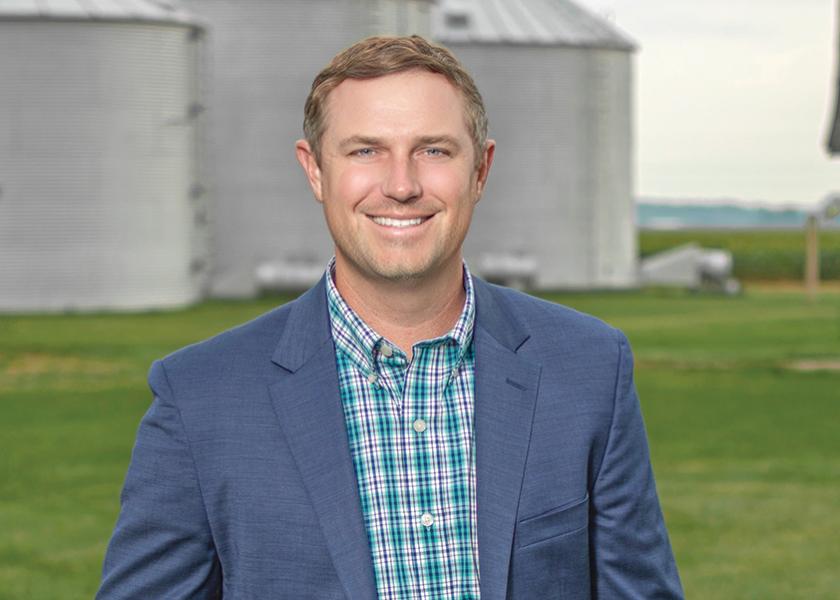Clinton Griffiths: Review of 2021 and Preview of 2022

This past year is one many of us would sooner forget than remember. COVID-19 poured a hangover into every corner of our lives, took a seat at the desk, kicked up its dirty boots and refused to leave. From inflation to labor shortages and supply chain issues, 2021 has been rife with negative turmoil.
However, the one silver lining from 2021 has been the return of solid commodity prices. Soybeans traded above $14, corn topped $5, wheat climbed north of $8.50 and cotton saw $1.10 cwt. While the sales side of the ledger was markedly higher, so was the expense side. Everything from inputs to equipment, trucks to labor cost more in 2021.
Top 2021 Lessons
When asking the experts to share their perspective, Pro Farmer Editor Brian Grete described 2021 as volatile and explosive.
“The top lesson I hope farmers learned is not to get more bullish as prices rise,” Grete says. “Markets usually top when everyone thinks prices should go higher.”
Instead, he says 2021 is a good reflection point. He suggests using strong price rallies to make sales and manage risk, even if you still have a long-term bullish bias. While the concept of “long term” anything might seem like a dis-tant memory, the time is now to take advantage of 2021’s residual opportunities.
A Look Ahead
After years of interviews and writing stories about the future I’ve found the only thing certain is that we certainly don’t know what will happen. We can guess. We can pontificate. We can suppose or speculate. We just can’t know for sure.
What we can do is anticipate, calculate and make estimated, well-reasoned decisions that hedge our bets or at least help mitigate some risk.
In a world full of black swans, this is no time to ignore the challenges facing our businesses and leave the future to the whims of the world.
A business needs a path — a clear, concise and intentional direction to move toward success. Without it, long-term viability is at risk.
What We Know
So, what do we know about 2022? We know globally grain carryovers are tighter than they’ve been in recent years. We know there are input shortages, and fertilizer costs are high.
Equipment and machinery are in demand, and inventories are low. We know South America is facing the threat of another La Niña growing season and dry weather.
We know food prices are up across the globe, which can lead to internal unrest or conflict. Those are the things we know heading into another season.
As you look toward a new year, take a few days to strategically think about all of these scenarios. Take them one by one and build a plan to address each.
The farm should focus on what it can control. Find ways to be efficient and communicate with suppliers, buyers and partners. If the whole year is cloudy, set short-sighted goals. Work toward them and then set new targets.
Calm, Cool, Collected
When the world is full of uncertainty, emotions can run hot. If you can stay calm, cool and collected, 2022 might just be the best year yet.







